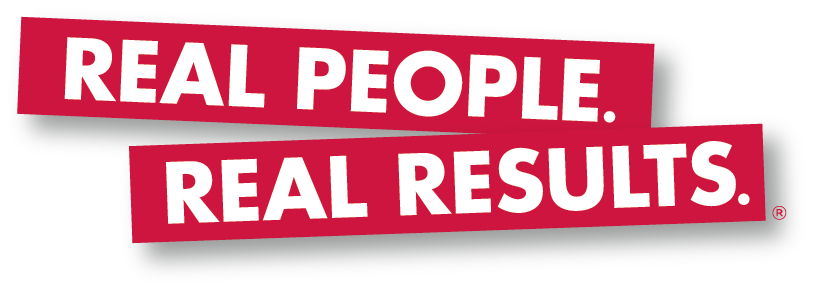While you are busy growing your business, who is taking the time to water and feed your employees? As you have probably already noticed, there is only so much time in your day for you to do things, and as the business grows you need to rely on your employees, your team, more and more. If you are like most business owners, the worry that your team can’t do it as well as you can has probably crossed your mind and even prevented you from delegating something. Well, if you don’t make a plan to get out of that rut, you are guaranteed to remain stuck in it forever!
In the past, I have written that one of the characteristics of a winning team is that the team knows and shares the goals. We usually talk about this at the business or departmental level, but it also applies at the individual level. How can we expect our employees to be super achievers, if we haven’t told them what we expect of them, and had them agree to do what we expect? It is really that simple, and I’d like to share my approach with you now.
There are two parts to getting this agreement – the first is having a Position Description for each employee, which outlines the Key responsibilities (not all) and the results you expect from the person in that position. Don’t confuse this with a job description, which is typically an attempt to list every possible task you might ask someone to do – those don’t work, as they miss the point by leaving out the most important thing, the results you expect.
The second part is what I call the Position Skill Matrix. This is a document that lists the skills that you expect the person in this position to learn, and more importantly, the extent to which you expect them to learn each skill. There may be anywhere from 10-50 specific skills or tasks you expect someone to have some level of expertise in, and you need to get agreement with each team member on their skill requirements, their current level of achievement, and the expected level of achievement.
To create a skill matrix is a two step process. Step one is the easy one, identifying all of the skills/tasks you feel they need to master. I highly recommend asking your team for ideas on the skills to be listed as well. The second step is a little harder, but vitally important. You need to determine to what level each position should master a skill. I use four levels of achievement: Aware, User, Specialist, and Expert.
Aware – This means that the employee needs to be aware of the skill/task, understand why it is important, and how it fits into the big picture. They are not expected to be able to perform this task, but understand it well enough to perform their other tasks more productively as a result of the awareness.
User – This means that the employee is expected to be able to perform the task with moderate supervision, and understands the expected result of the activity. This means the employee has been trained and performs this task regularly enough to maintain a basic level of competence at performing the task and getting the desired result.
Specialist – This means that the employee is expected to perform the task at a highly productive rate with little or no supervision. The specialist is also expected to train other team members to the Aware and User levels. The specialist is also expected to identify improvements in how the tasks can be performed and better results achieved. Specialists may have certifications and other evidence that have mastered a particular area/function.
Expert – This means that the employee has achieved complete mastery of the task/activity, and can teach others both inside and outside of your company. Your experts will have advanced certifications and perhaps industry recognition of their skills, and may be involved in industry efforts to improve the state of the art in their areas of expertise.
Armed with a simple skills spreadsheet and these four basic definitions, you now have a powerful assessment and development tool for your team that you can use to grow their ability to help you achieve your mission. Your team is your biggest asset, don’t forget to keep them watered and fed.
About ActionCOACH
Brad Sugars founded the brand Action International in 1993 when he realized there was a disconnect between business advice and implementation. The answer was Action! Brad Sugars created a business coaching company so that business owners throughout the world can realize their goals in business. Today the company is known as ActionCOACH. To learn more about business, visit Brad Sugars Review blog!






